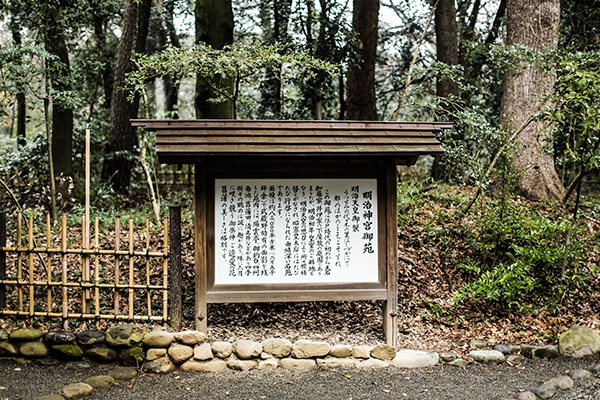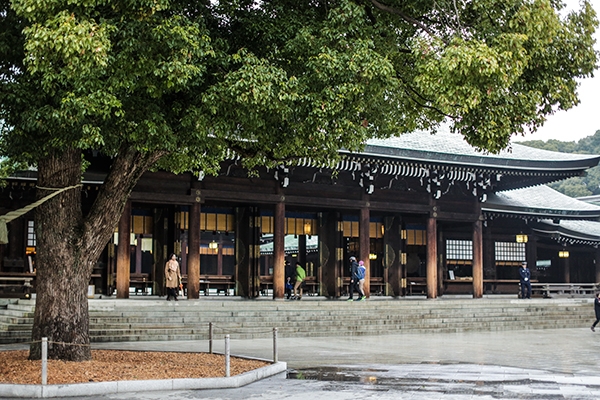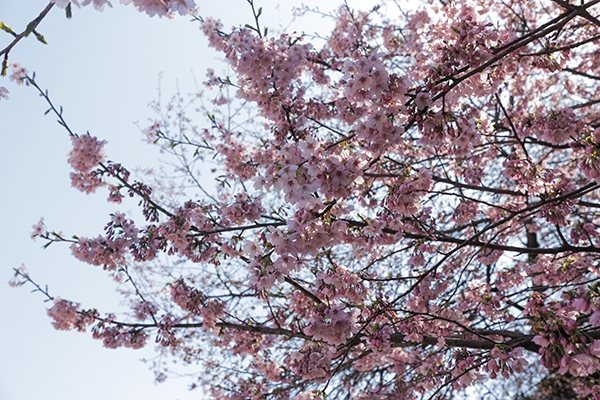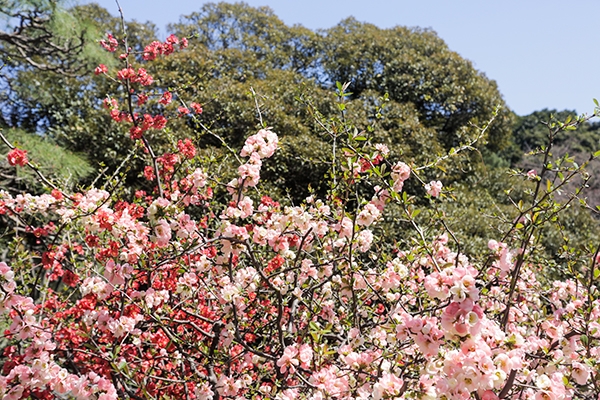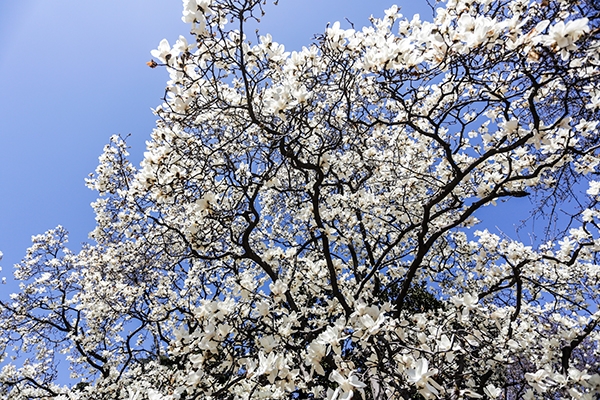
06 Aug Shrines and Nature in the Bustling City of Tokyo
Just because Tokyo is the largest city in the world, it doesn’t mean that the entire city is concrete and congested. Yes, it is busy and crowded, but there are many places within the city where you can go for a bit of nature, peace and quiet. We had the chance to check out two such places on our visit to Japan, and as much as I love the city, they were both a welcome break and a breath of fresh air.
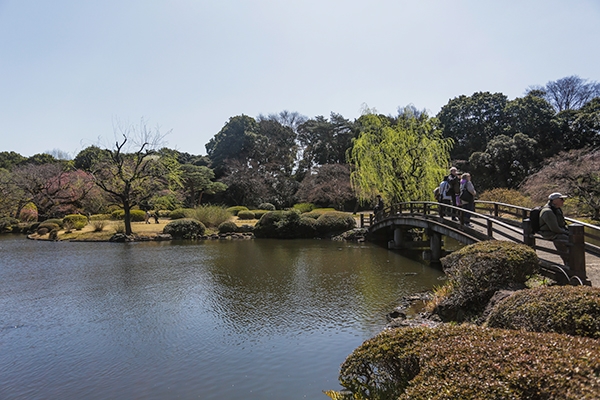
Now I know there are many options for temples and gardens throughout the city, such as Sensoji Temple, Rikugi-en, Koishikawa Gardens, Togo Shrine and so many more, but I’m going to share our two favorites spots with you: Shinjuku Gyoen and Meiji Shrine.
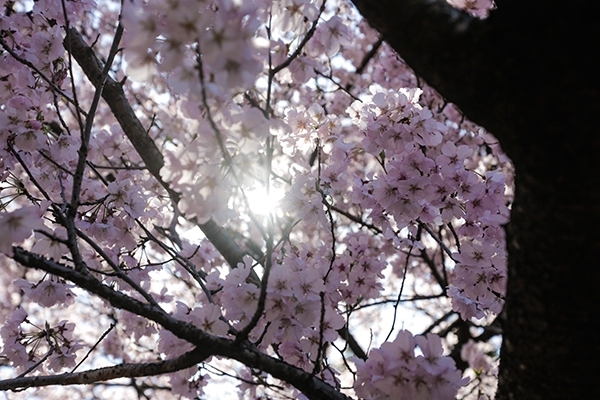
We must have lucked out on timing and weather because both spots were relatively empty when we arrived. I was expecting mass crowds, but instead, we were greeted with peace and serenity.
Shinjuku Gyoen:
I have always been intrigued by Japanese Gardens–in fact, the Morikami Garden near our old apartment in Florida was always one of my favorite escapes. So, when we were wandering around Tokyo I knew we had to pay a visit to at least one garden. It turns out, Shinjuku Gyoen was the perfect choice.
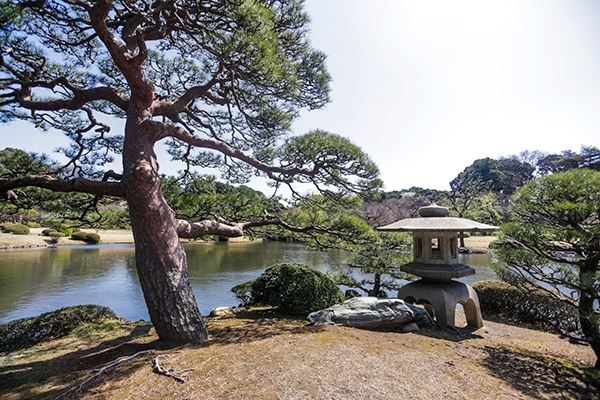
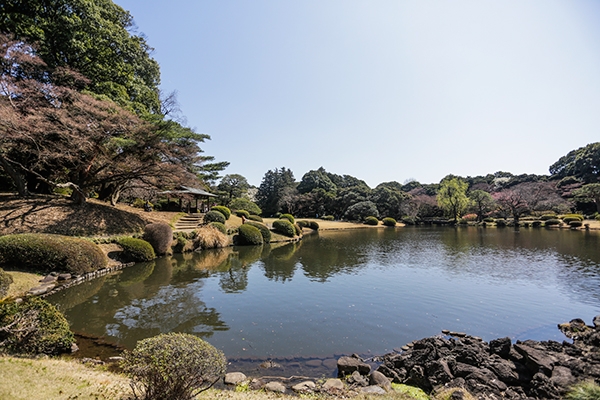
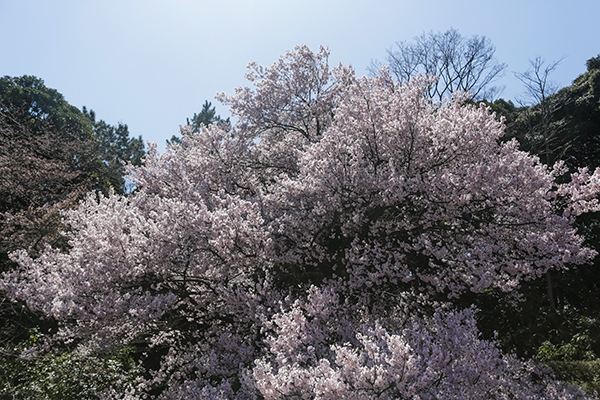
At 144 acres in size, this place is massive! The 1.5 hours we allotted for wandering was nowhere near enough time to see everything, but it was enough time to soak up a few of the must see areas. There are three gardens within the park: a Japanese landscape garden, a French garden and an English landscape garden. In addition to the three gardens, there is a greenhouse, forested areas, ponds, wide open lawns, cherry trees, as well as a restaurant, an art gallery and an information center.
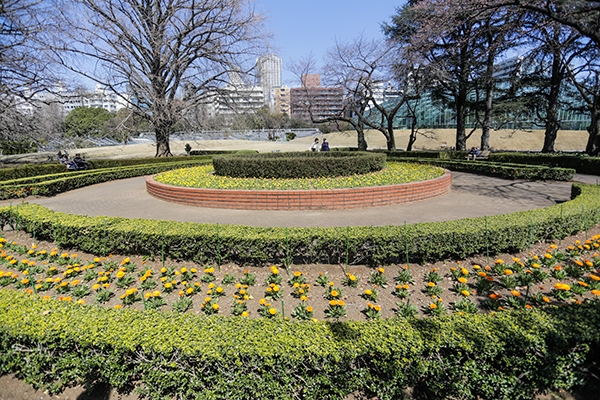
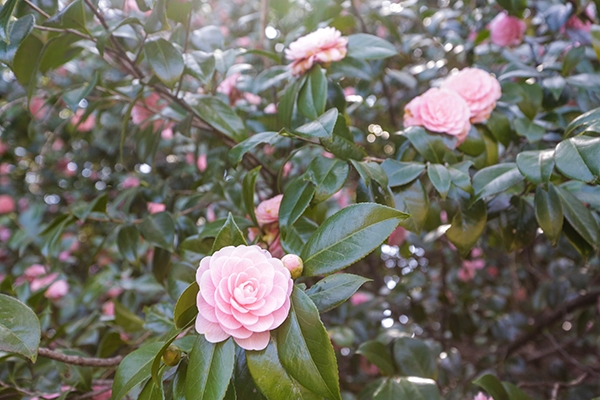
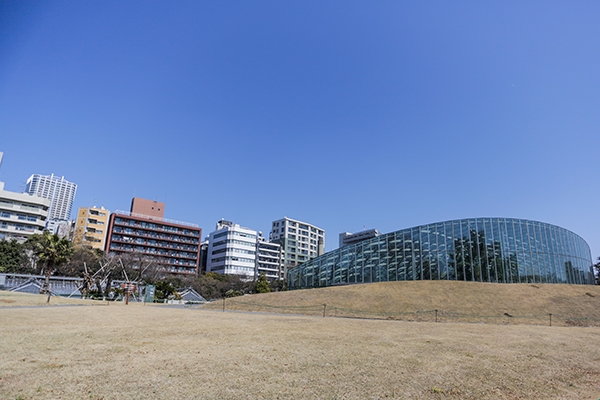
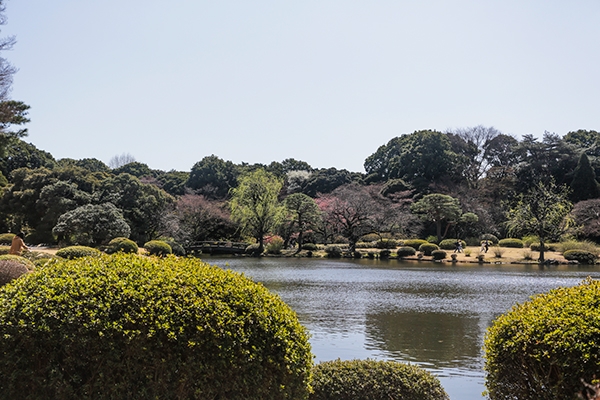
The history of the garden is varied, but it originated in the late 1700’s as the private residence of a lord before becoming a botanical garden. In 1903, the garden’s ownership was transferred to the Imperial Family so they could entertain guests. Then, the park was rebuilt and reopened as a public park in 1949, after it was nearly destroyed during WWII.
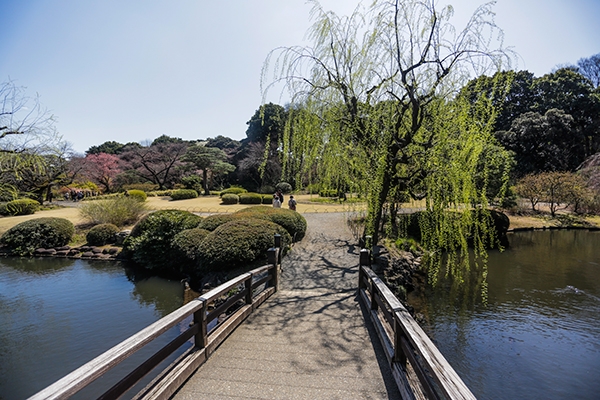
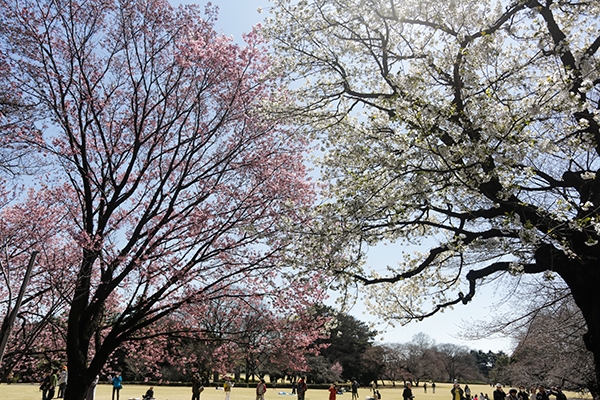
There are over 20,000 trees in the garden, which makes it a great place for viewing the changing leaves in the fall. Cherry blossoms are also wonderful here in the spring–we were able to catch the very beginning of the season and it was spectacular. Imagine how amazing this spot would be during peak cherry blossom time!
Meiji Shrine:
The Meiji Shrine was created in 1920 to commemorate the late Emperor Meiji and Empress Shoken. The forest of 100,000 trees was planted by volunteers, and it still stands today. Just like Shinjuku Gyoen, the shrine was destroyed during WWII, but it was restored in the late 1950’s.
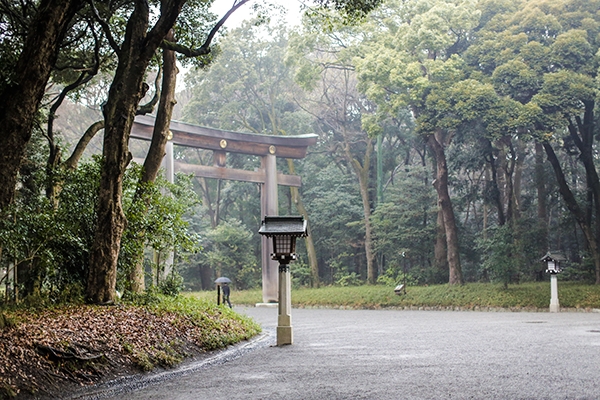
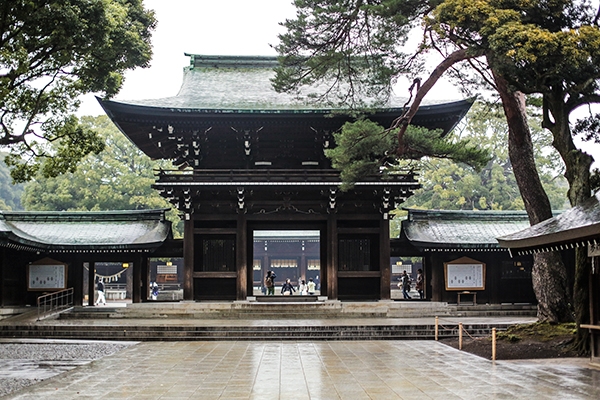
We made our way to the shrine after a quick walk down the busy street of Takeshita-dori, and we had no idea what to expect. I had heard that the shrine was a must see, so we made it part of our path on our way to the Robot Restaurant. The grounds of the shrine and forest are around 170 acres, so again, we didn’t have enough time to explore the entire forest due to its gigantic size!
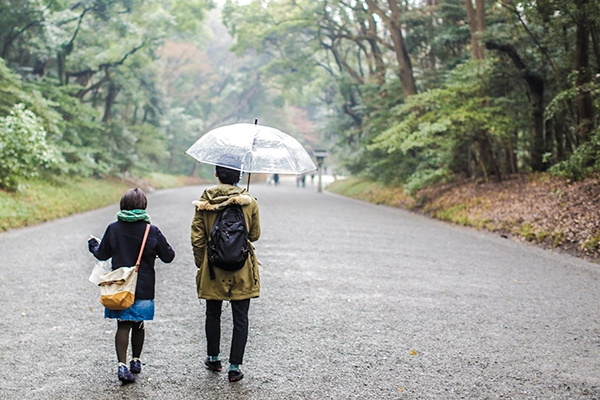
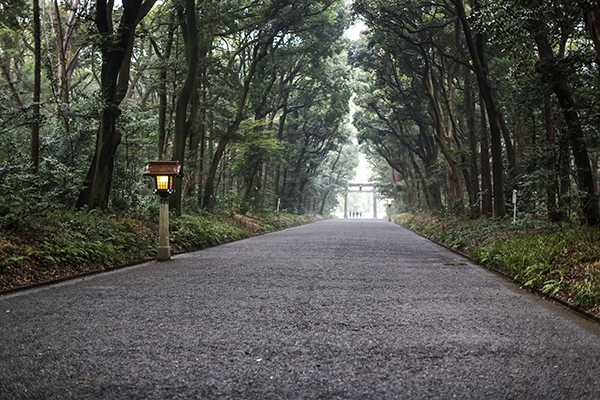
The grounds are home to torii gates, a garden called Jingū Naien, a picture gallery, the inner and outer shrine and a variety of buildings used for different purposes.
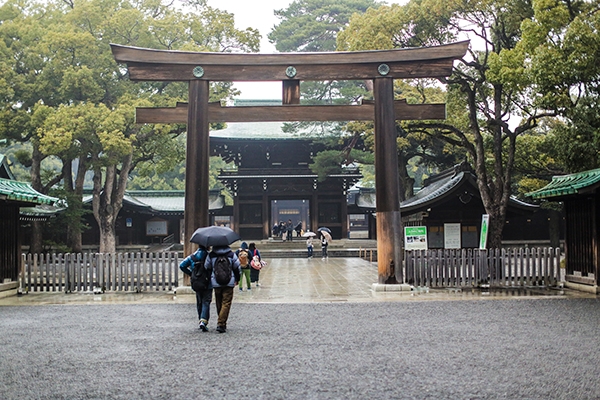
In order to dodge the rain, we wandered through the tree lined gravel path that runs throughout the park. The entire area was much less crowded than I had expected. Plus, the light rain made the forest feel even more mysterious and calm. It was definitely nice to visit during a slow period–we saw very few people and the entire forest felt almost empty. I can’t even imagine visiting during Hatsu-mōde, a festival that brings 2-3 million people to the shrine!
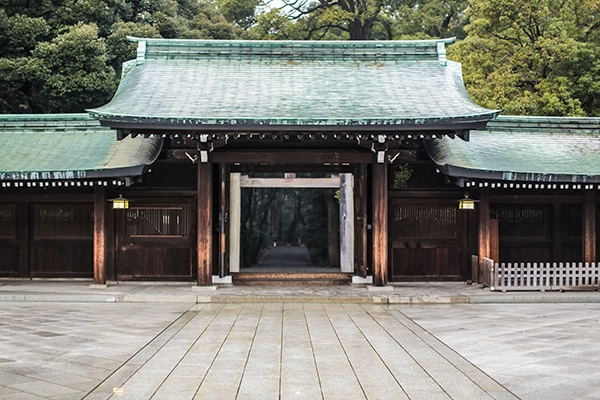
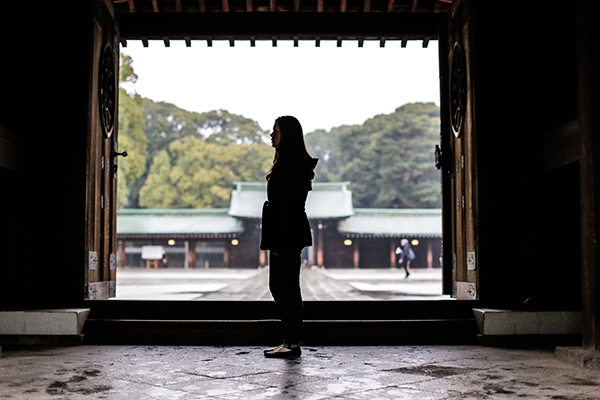
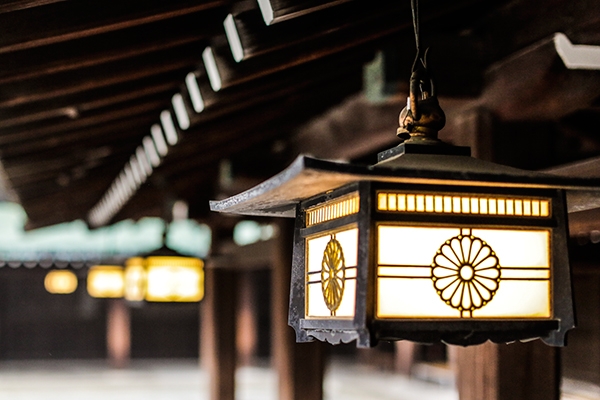
The shrine itself is beautiful–it felt like we were transported back in time with its iconic Japanese roofs, glowing lanterns, and old world charm.
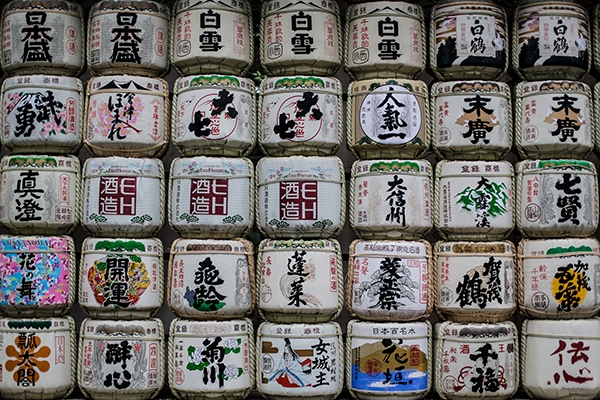
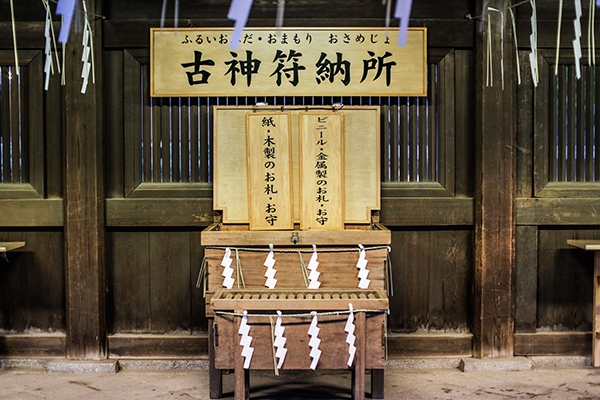
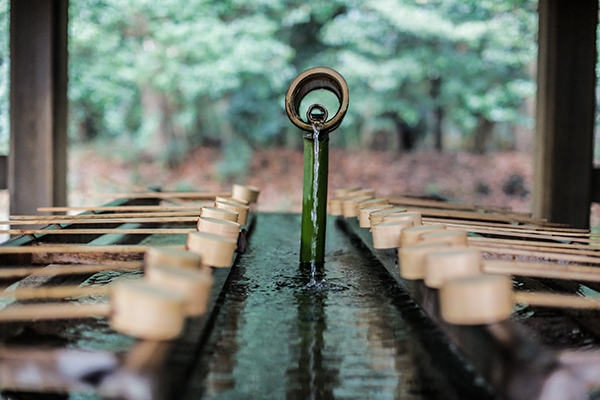
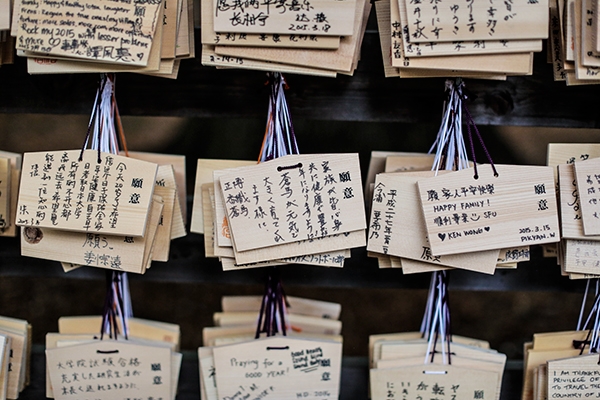
We really enjoyed escaping the fast pace of the city for a bit, and these two spots were the perfect place to do so. Next time, we hope to explore even more!
